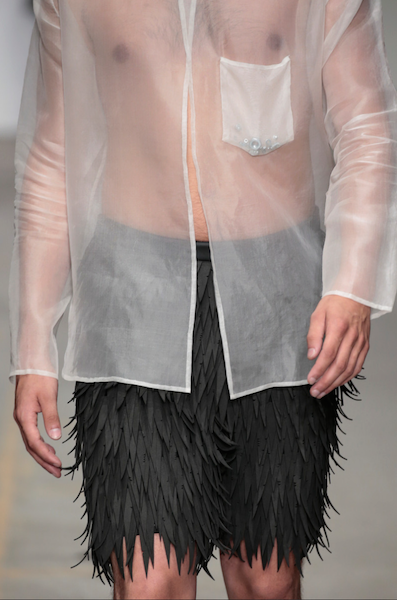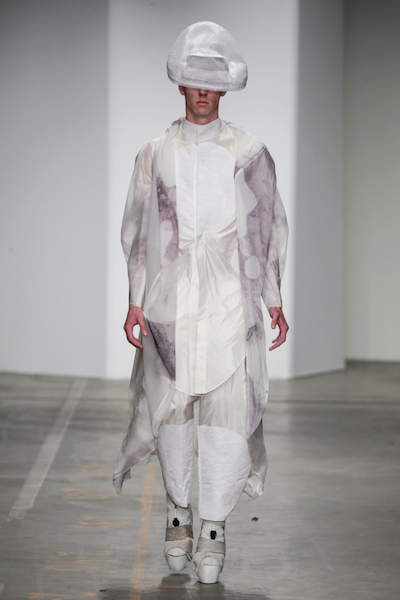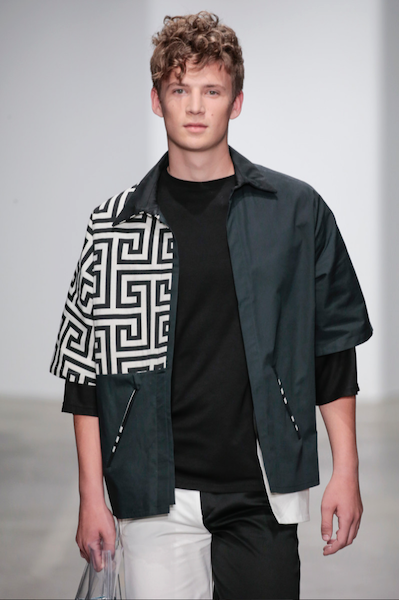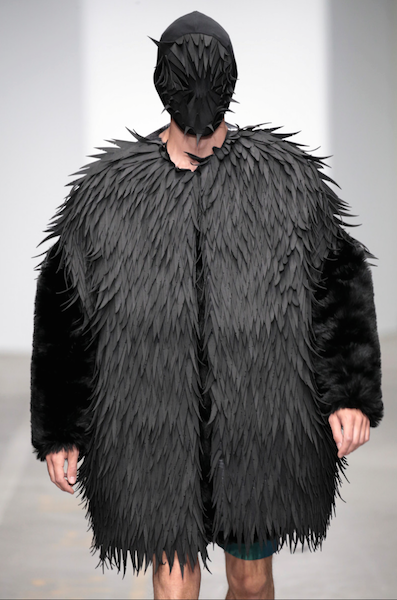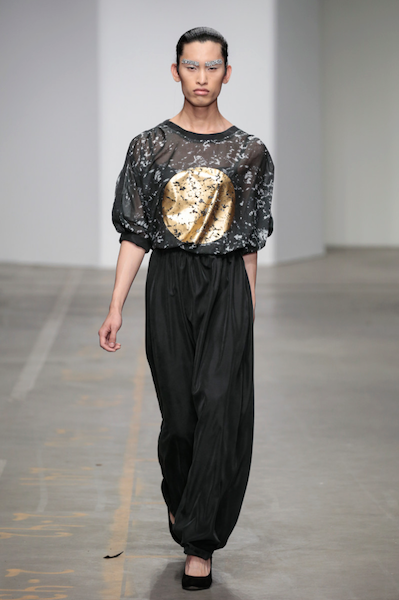There’s nothing much interesting to be said about washing, or the laundry if that’s how you better understand the duty, but I’m going to try anyway. It’s the pinnacle of chores, getting all those clothes clean once more only to filthy them up yet again, but the banalities of life must serve some higher purpose. Perhaps they make us more resilient somehow. For Brian Eno, the promise of washing his clothes served as a defining moment to his very future. Feeling trapped in Roxy Music and weary of his personal struggles with the crooning frontman Bryan Ferry, whose desire for the spotlight was being threatened by the outlandish presence and avant-garde musical tendencies of the seemingly alien Eno – or Brian Peter George St. John le Baptise de la Salle Eno, to give him his equally otherworldly full name – Eno knew the time to leave the band had come when he found himself on stage performing another gig, only for his thoughts to wander from his synthesisers and machines to the pile of dirty clothes awaiting his later attention.
His commitment to the cause had fatally waned. Not even the adoring crowd, increasingly split in favour of his outré character than that of the more refined but jealous Ferry, could keep his mind on the glories of rock and roll and off the mundane washing acting as a counterbalance to this life he no longer found glamorous or appealing. None of which relates to Fashionclash, and nor does washing clothes have anything to do, on the face of it, with fashion. Yet the truth is more boring – Eno’s flamboyant 1970s stage costumes and even the finest haute couture must still be washed and ironed if the wearer would like to reap their fullest rewards. On his second solo album following his departure from Roxy Music, 1974s Taking Tiger Mountain (By Strategy), is a song every bit as strange as its title, ‘The Fat Lady of Limbourg’, suggests. Exactly who this fat lady is is never made clear, but we can safely assume the fashion industry would have little or nothing to do with her, given her implied size. But maybe she came from Maastricht or its surrounding area, if we take liberties with Eno’s spelling.
For Maastricht, a town infinitely prettier than its association with its Treaty – itself an object of thought which threatens the tedium of even washing – is the capital of the province of Limburg. Perhaps Eno forgot a vowel when he wrote his song’s title or had unwittingly invented a place he was unaware almost existed, but what is certain is there were no fat ladies or dirty clothes on show at the seventh edition of the Fashionclash festival, an event steadily growing in stature and quality since its 2009 debut, thanks to the hard work and dedication of its artistic and management team Nawie Kuiper, Branko Popovic and Laurens Hamacher. This year’s emerging designers and artists were invited to consider gender, or a lack of it, in their work, a theme which invites further comparisons to Eno’s embracing of the Other and rejection of boundaries during his time with Roxy Music, resplendent as he was in feathers, shoulder-pads for miles and acres of make-up as glam-rock demanded but whose limits he strode further beyond, before his appearance switched to a clean minimalism better fitting the stark nature of the new ambient music he pioneered.
After the opening day, the Dutch Shoe Academy opened proceedings on the 3rd show, with L’opera Sucre providing a well styled collection of things to wear on and protect the feet, thus giving neither the audience nor their institution reason for complaint. With ‘Beautiful Chaos’, BLANK ETIQUETTE paraded male clothes of fair quality, although ebby port’s decision to soundtrack her collection to Simon and Garfunkel’s ‘The Sound of Silence’ unfortunately met with the equivalent in my pen’s praise. With their obscure wooden glasses, whose tiny peephole-esque drilled eyeholes made them as unpractical as they must have been uncomfortable to wear, JIVIKA BIERVLIET X PETER HSIEH X Ruit Footwear insisted we write something, anything, or take a photograph in response to these cylindrical objects which did the opposite of make sense or aid vision, while the instrumental cut of Jeru The Damaja’s seminal ‘Come Clean’ pounded in the background as if taunting the unfortunate wearers of these things that they’d not receive any street-smarts should they stroll through that particular rapper’s hometown of Brooklyn with them perched on their sore noses. But still, fashion.
SQUAT//YOUNG@SQUAT decided to attach clutch bags to the front of basic tops in an effort to enliven them, which at least frees up a hand usually dedicated to previously holding such things, while Manon Boertien’s vampish women’s eveningwear, featuring a single feather inserted into what could almost pass for gloves, brought to mind a young Eno yet to reach full bloom. The models earned their money courtesy of RAFAEL KOUTO, transformed as they were into spacelings – certainly not earthlings any longer – to then totter along the catwalk painfully slowly but defiantly upright, despite the burden of wearing shoes the Dutch Shoe Academy would not recognise as such. CARLOTAOMS presented a strong and unified collection before IMA MAD took their obsession with nature to the point leaves devoured the grateful faces of the models.
Paul Stewart
